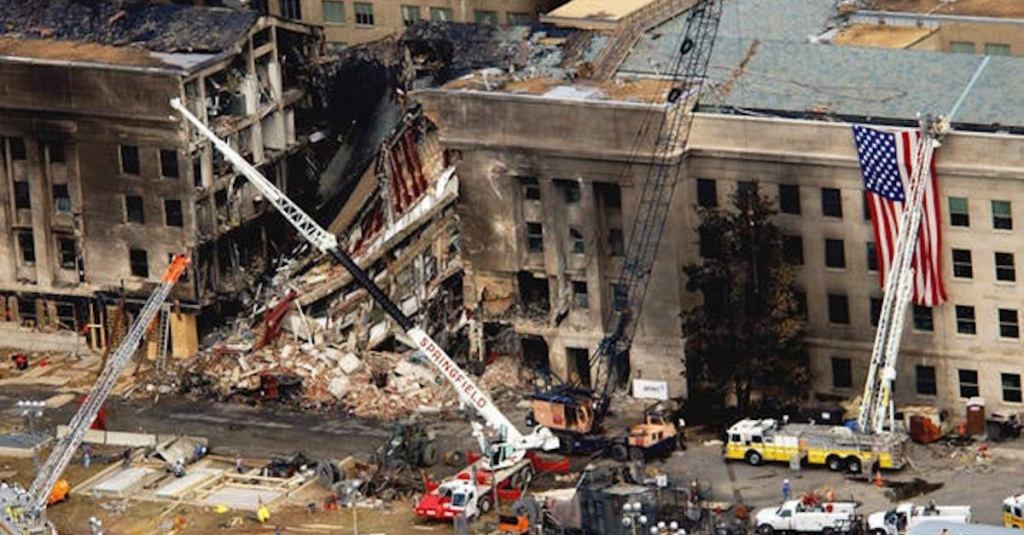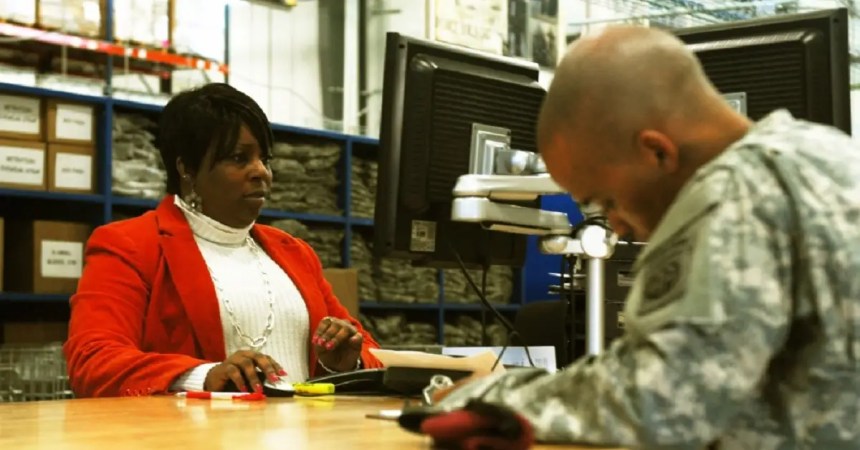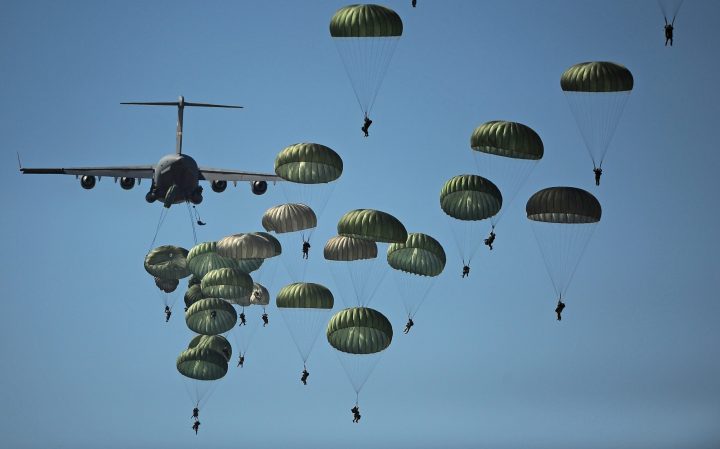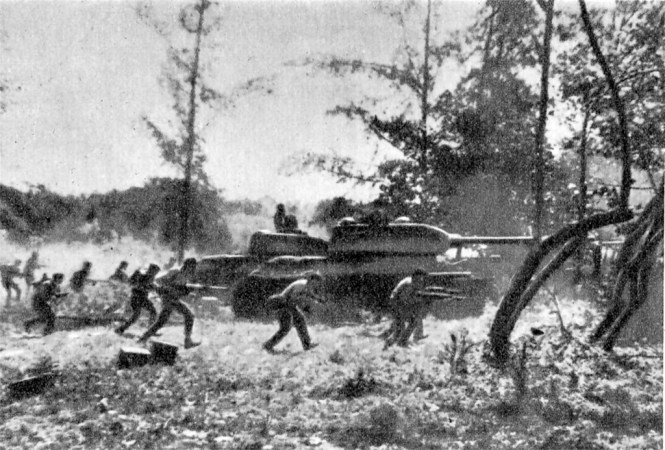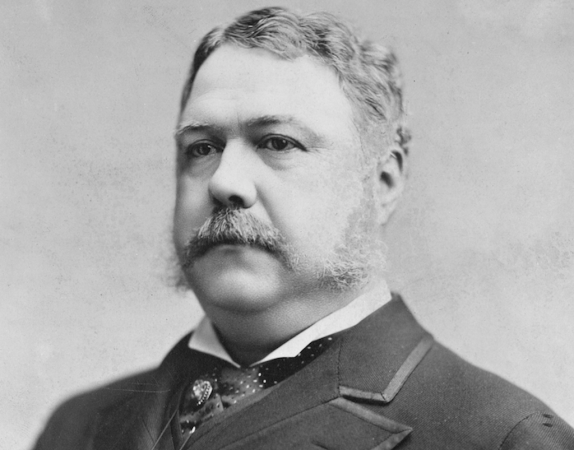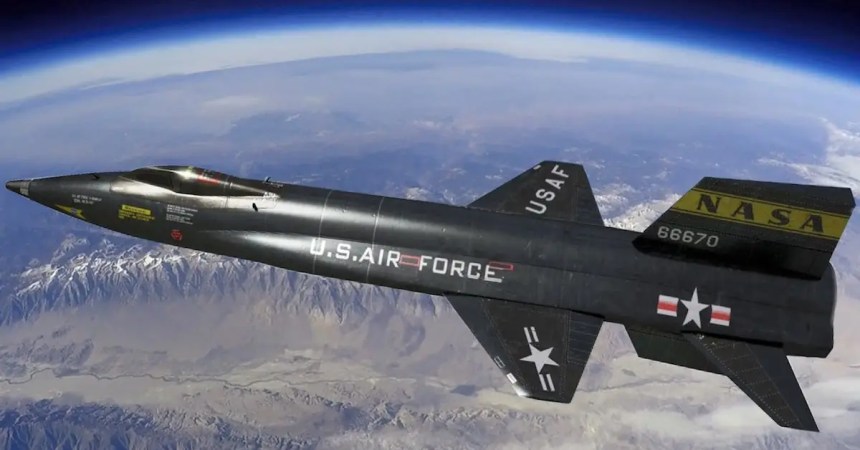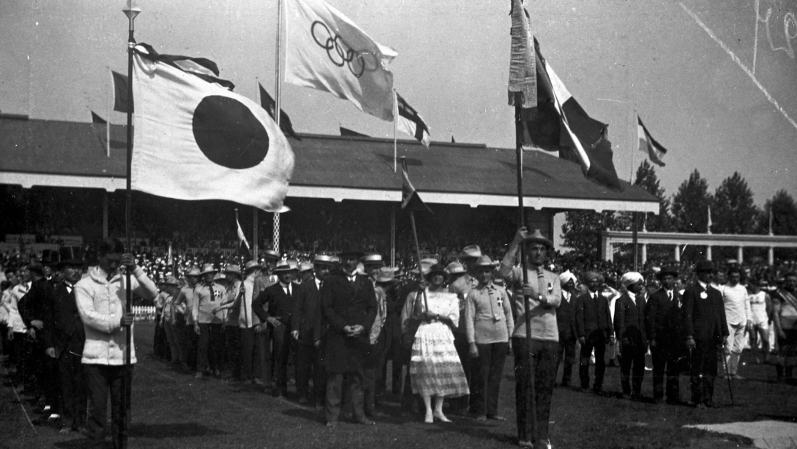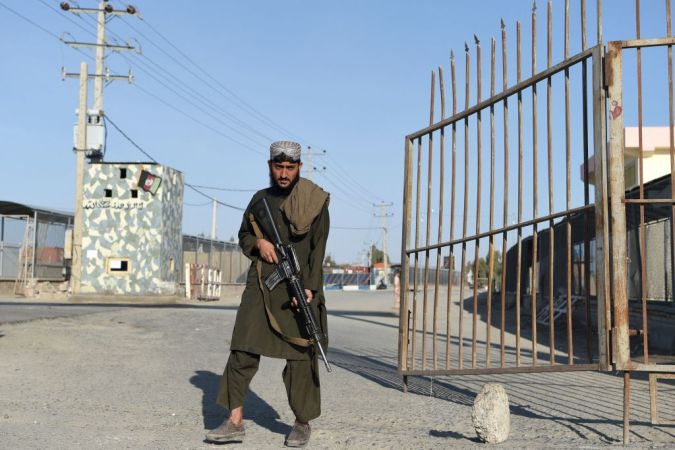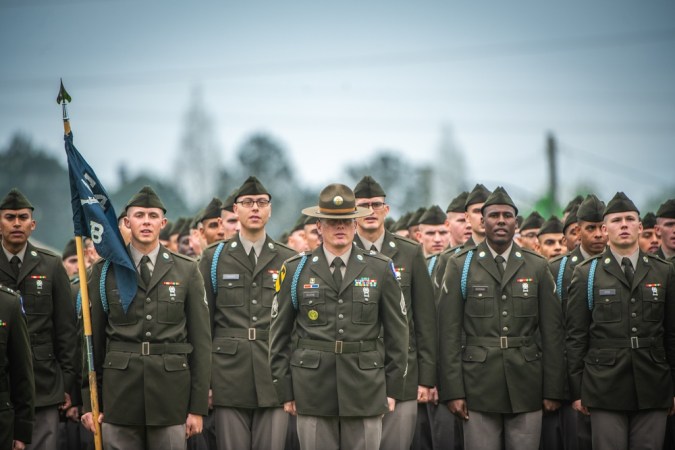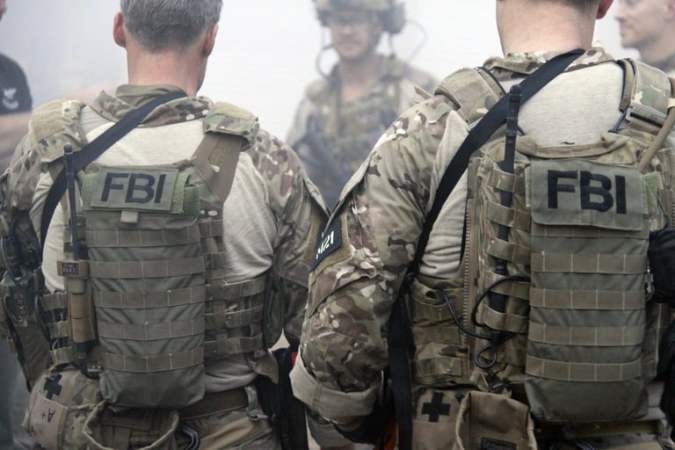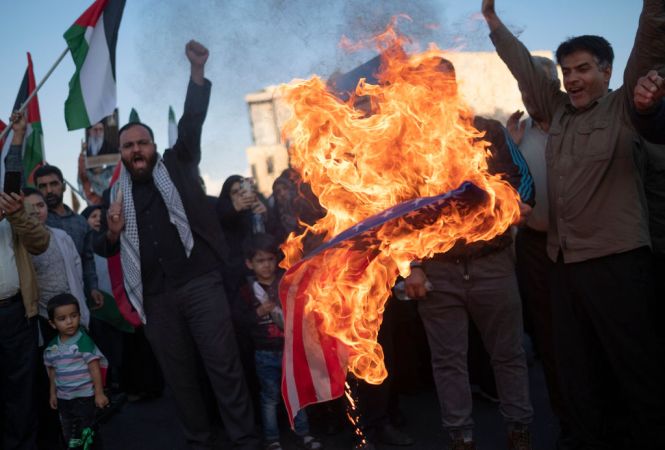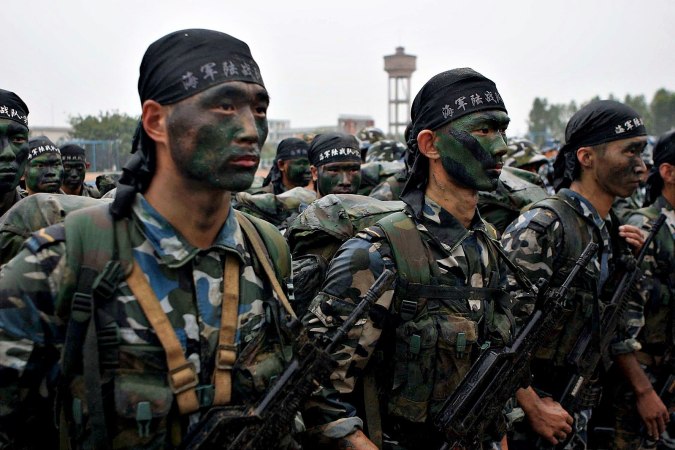When hijackers crashed American Airlines Flight 77 into the western façade of the Pentagon on 9/11, 125 people inside the building were killed along with the flight’s 59 passengers and crew. It was one of the deadliest single attacks on the U.S. military in modern history and killed the highest ranking Army officer since WWII. As flames and black smoke billowed from the Pentagon, the first major unit to respond was the Army’s Military District of Washington Engineer Company.
The unit is a unique one in that it is the only technical rescue company in the DoD. The soldiers in the unit come from diverse backgrounds including firefighters, combat engineers, horizontal and vertical construction engineers, and other support specialties. To become part of the unit, soldiers undergo additional training and certification as rescue technicians and mine rescuers.
That September morning, the company was engaged in training at Fort Belvoir, Virginia. “We did all of our in-house training, from rope rescue to confined space to collapse structure, to shoring anything in that nature,” Fred Brown told Army News Service. Brown, who now works as a Fairfax County Government project manager, was a senior NCO in the unit at the time. Shortly before 0900, he got word of the attacks in New York.

He recalled a group of his soldiers who were on their way to a funeral service less than an hour away in Quantico. However, his leadership believed that the attacks were isolated to New York and insisted that the group continue to the funeral. That all changed when Flight 77 crashed into the Pentagon at 0937. This was the real deal and the unit’s training would be put to the test for the first time.
Brown called his soldiers back (again) and prepped gear for their mission. “We were prepared to move within an hour,” he recalled. The first team arrived at the Pentagon aboard a helicopter with a sling load of search and rescue equipment. However, they were asked to land rather than fastrope because the last hijacked plane (United Airlines Flight 93) was still in the air. The helo was redirected to Fort McNair in Washington, D.C. where they pre-staged their gear.

Thirty minutes south at Fort Belvoir, Brown directed the loading of the company’s Humvees for the mission of their lives. Along with Sgt. Dewey Snavely, who was on terminal leave but returned to the unit when he heard of the attacks, Brown took a Humvee ahead of the main body to meet with the advance team at Fort McNair and head to the Pentagon.
Nothing could have prepared them for what they saw when they arrived. “There was chaos,” Brown said. He linked up with the incident commander who was expecting the company. Shortly after, the bulk of the unit arrived along with local, state, and federal first responders. That’s when Brown’s years of training kicked in. “I didn’t think of anything except making sure that my guys were suited up correctly,” he said. “We were supplied with air apparatuses, and we went in and did the search.”

As bad as the scene was on the outside, the interior of the building was even worse. “It was a living hell,” Snavely recounted to ANS. “When we first went in, there had been water sprayed on the building for so long, there was so much water in between the corridors, walkways had filled up with water.” With nowhere for the water to drain, it flowed down the hallways carrying pieces of the plane, building rubble, and victims.
“Whenever we found human remains, we informed the [FBI] because, by now, it is a known terrorist attack,” Snavely said. “…the best that I can remember, everybody that we found died in the impact.” This reality weighed heavy on the soldiers who were trained in search and rescue. Brown had to rally his troops.

“[We’re] search and recovery, but we switched into recovery mode only,” he said. “We just dealt with it. Many of the young Soldiers were recovering unrecognizable bodies, often unable to decipher burnt insulation from the flesh. It was hard on them. I made them understand I appreciate what they’re doing, the country appreciates what they’re doing and to let me know if there are any issues they’re having.”
With leadership from their NCOs, the untested soldiers completed their mission at the Pentagon. “The Soldiers that went in there performed their duty, and they did it well,” Brown said. The unprecedented disaster validated their training and high standards.

In 2006, the unit was redesignated as the 911th Technical Rescue Engineer Company for its efforts at the Pentagon on September 11. Today, the 911th TREC continues to train hard and specializes in rope rescue, confined space rescue, structural collapse, mine or tunnel rescue and trench rescue.

Feature Image: DoD photo


